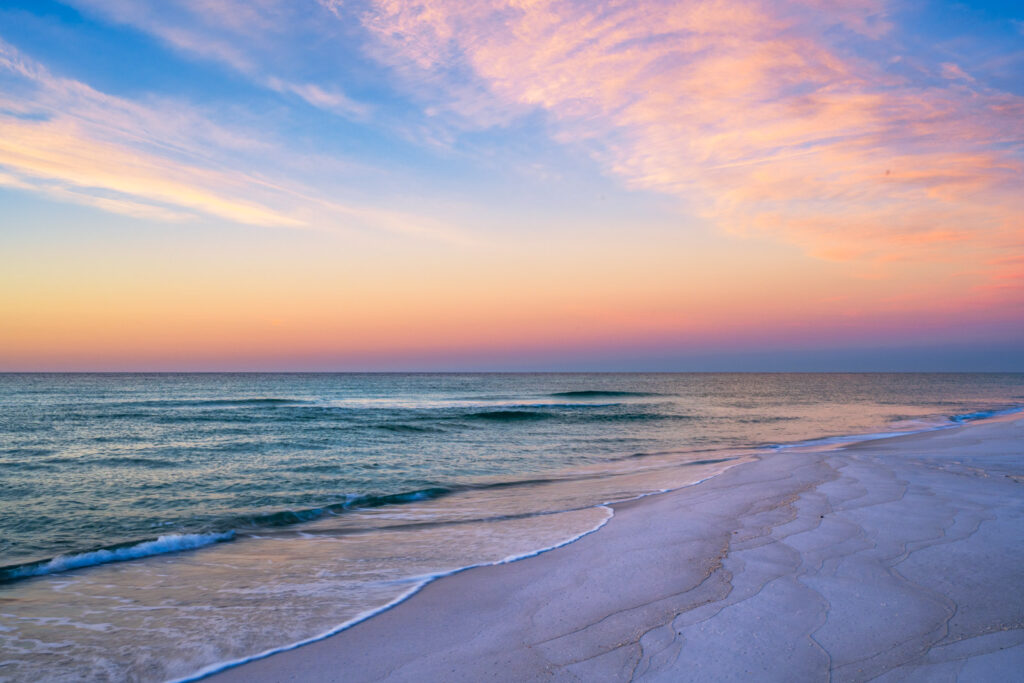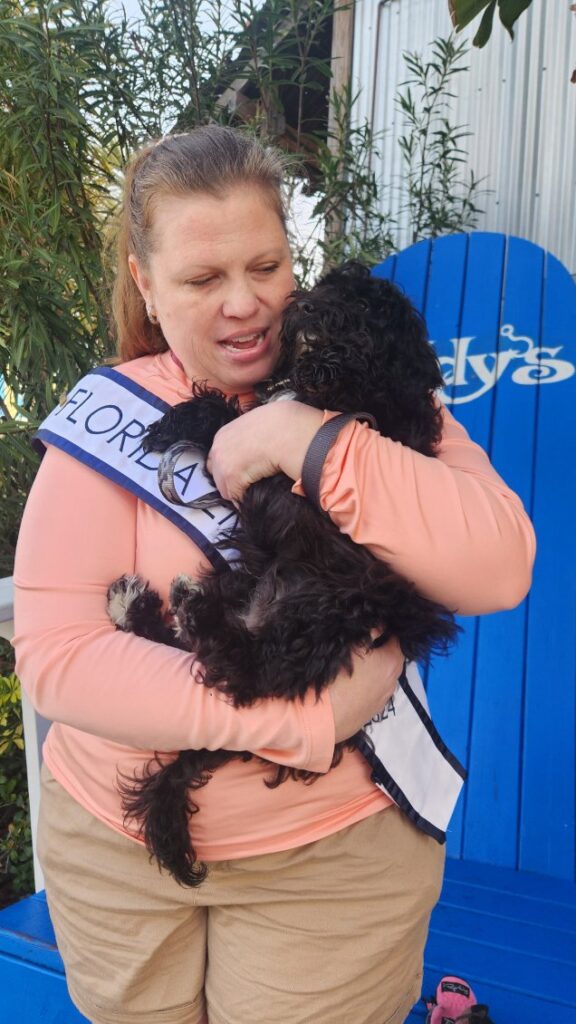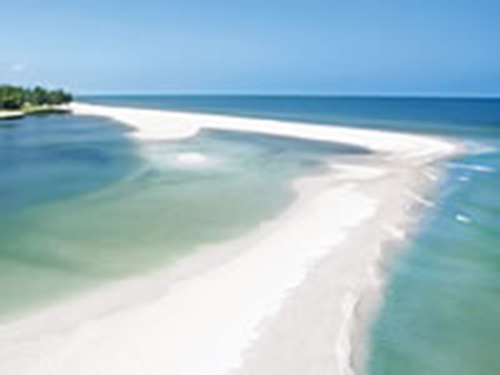
Living along Florida’s Central Gulf Coast is a privilege my family and I cherish. With stunning vistas, warm waters, and vibrant marine life, our beaches are a natural treasure. However, the beauty and health of these coastal ecosystems are under constant threat from pollution, habitat destruction, and human activity. As residents and visitors, we have a responsibility to protect and preserve these vital environments, ensuring they remain a haven for both wildlife and future generations.
Seabird Nesting Grounds: A Sanctuary at Risk
Our beaches serve as critical nesting grounds for numerous seabird species, such as the black skimmer, least tern, and snowy plover. These birds rely on the sandy shores to lay their eggs and raise their young. Unfortunately, human disturbance, along with litter and pollution, poses significant threats to their nesting success. Disturbances can cause birds to abandon their nests, leaving eggs and chicks vulnerable to predators and harsh environmental conditions.
Organizations like the Seaside Seabird Sanctuary are dedicated to the rescue, rehabilitation, and release of injured and orphaned seabirds. By supporting and volunteering with such organizations, we can contribute to the protection of these beautiful creatures. Additionally, it is crucial to respect posted signs and barriers that indicate nesting areas, keep dogs on leashes, and minimize noise and activity near these sensitive sites.
Turtle Nesting Grounds: Guardians of Ancient Rituals
Florida’s Central Gulf Coast is also a critical nesting area for sea turtles, including the endangered loggerhead and green turtles. Each year, these ancient mariners return to our shores to lay their eggs, a ritual that has taken place for millions of years. However, coastal development, light pollution, and human interference can disrupt this delicate process.
The Sea Turtle Trackers play a vital role in monitoring and protecting sea turtle nests. Volunteers patrol the beaches, mark nests, and help ensure hatchlings make it safely to the sea. Simple actions, such as turning off beachfront lights during nesting season and avoiding the use of flashlights and camera flashes, can significantly reduce the impact on these vulnerable animals.
Packing Out Your Trash: A Simple Yet Powerful Act
One of the most straightforward yet impactful actions we can take to protect our beaches is to pack out our trash. Litter not only mars the natural beauty of our coast but also poses deadly risks to wildlife. Birds, turtles, and marine mammals can ingest or become entangled in debris, leading to injury or death.
Local organizations like Keep Pinellas Beautiful and the Trash Pirates of Madeira Beach organize regular beach cleanups, bringing communities together to remove litter and debris. Participating in these events is a fantastic way to make a tangible difference, meet like-minded individuals, and foster a sense of stewardship for our environment.

Getting Involved: Be Part of the Solution
Protecting our beaches is a collective effort that requires the involvement of everyone who enjoys these natural wonders. Here are some ways you can contribute:
- Volunteer: Participate in beach cleanups, habitat restoration projects, and educational programs.
- Educate: Spread awareness about the importance of beach conservation and the threats facing our coastal ecosystems. Educate friends, family, and visitors on responsible beach behavior.
- Advocate: Support policies and initiatives that protect our beaches and wildlife. Stay informed about local conservation efforts and participate in community meetings and public hearings.
- Respect: Follow posted guidelines and signs on beaches, respect wildlife habitats, and leave no trace. Always pack out your trash and reduce single-use plastics to minimize waste.
By taking these steps, we can ensure that Florida’s Central Gulf Coast remains a pristine paradise for generations to come. Together, we can protect the delicate balance of these ecosystems and the incredible wildlife that calls them home. Let’s cherish and safeguard our coastal treasures, making every visit to the beach an opportunity to contribute to its preservation. After all, a clean and healthy beach is a joy to behold and a legacy worth leaving (and an excuse to come visit me).

